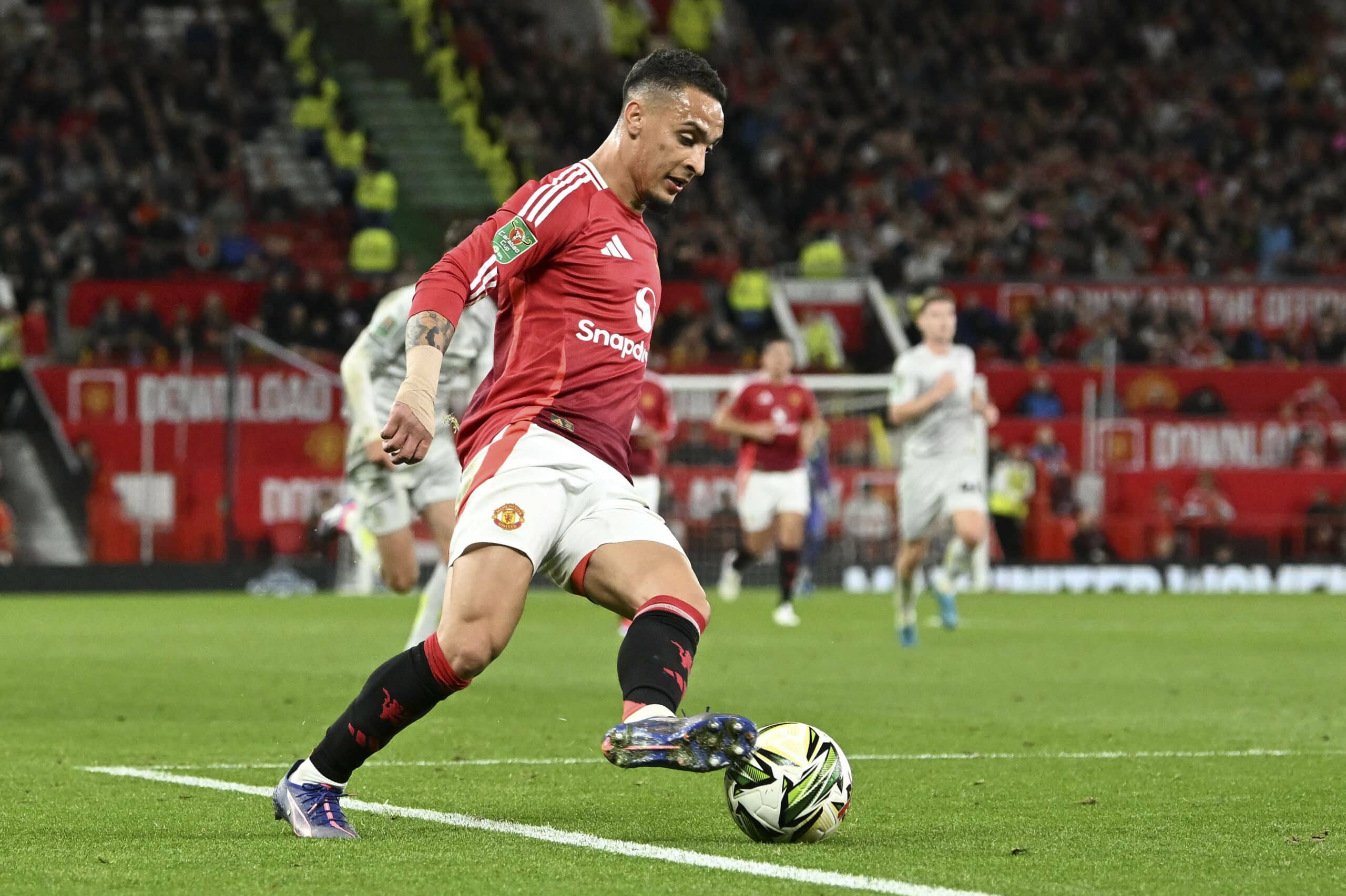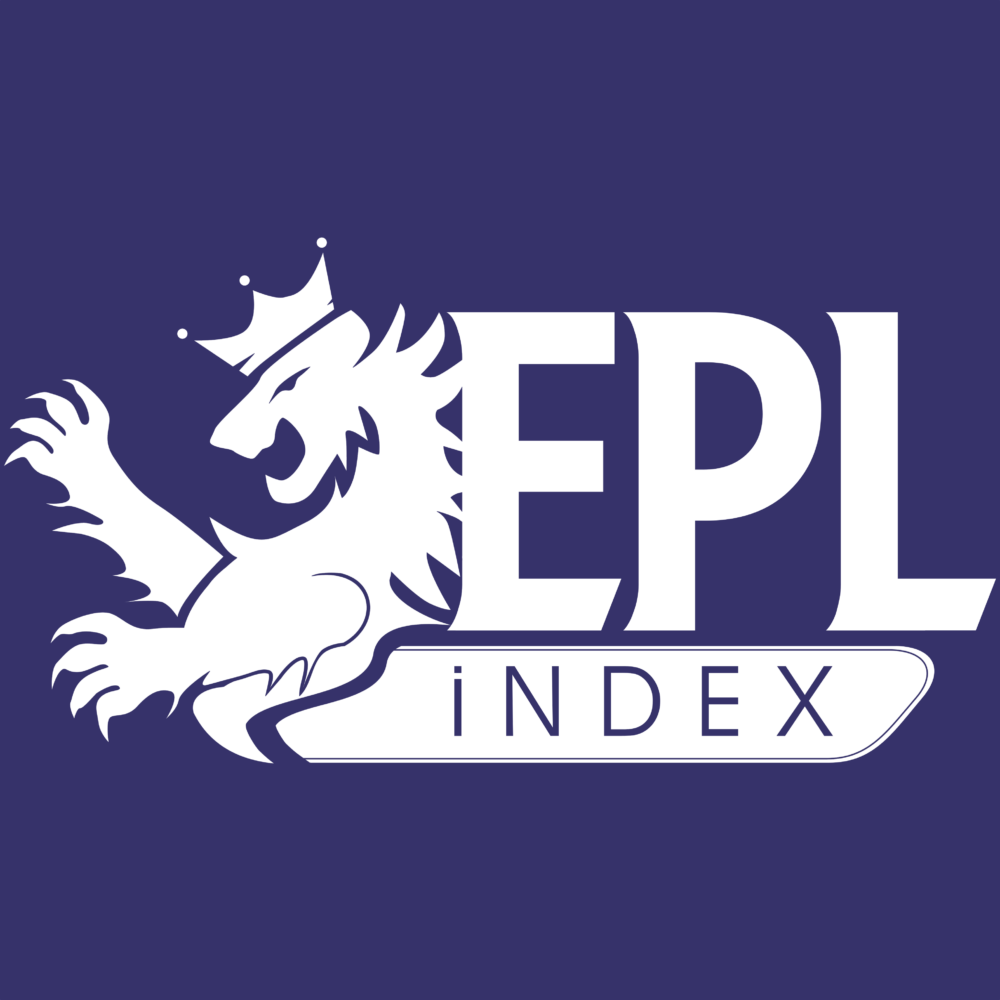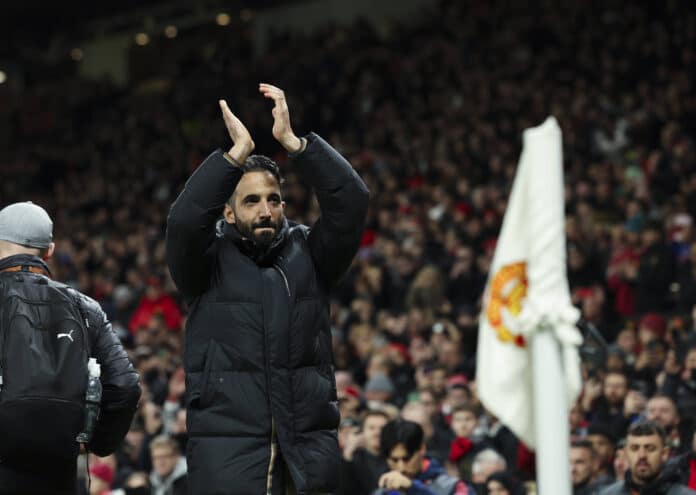Manchester United’s Strategic Shifts: A Tactical and Transfer Overview
Manchester United’s approach to the upcoming transfer windows, as expertly outlined by Laurie Whitwell of The Athletic, indicates a pivotal shift under the guidance of Ruben Amorim. The club’s current adaptation from a 4-2-3-1 to a more fluid 3-4-2-1 formation reveals both challenges and opportunities within the squad’s dynamic.
Strategic Realignments in the Squad
The transformation in tactical deployment has illuminated specific areas requiring immediate attention, notably the wing-back positions. As Laurie Whitwell noted, “United’s options at wing-back are the clearest area in need of adjustment.” This statement is underscored by the unreliable availability of players like Luke Shaw. Tyrell Malacia’s lengthy recovery raises further questions about depth and consistency in these crucial roles.
Emerging Talent and Transfer Targets
United’s vision extends to nurturing emerging talent, such as Rasmus Hojlund, who, under Amorim’s mentorship, is hoped to mirror the success of Viktor Gyokeres at Sporting. Whitwell points out, “One of those was Rasmus Hojlund, who United hope Amorim can help guide to become as prolific as Viktor Gyokeres at Sporting.” Moreover, the pursuit of a mobile, creative midfielder signifies the club’s intent to enhance fluidity and innovation in the deeper midfield roles, reflecting Amorim’s preference for versatile and dynamic player profiles.
Prospective Acquisitions and Departures
The transfer strategy is also keenly focused on potential exits to realign the squad financially and tactically. Whitwell mentions, “Antony is the most obvious player United could sell to raise funds.” This potential sale highlights the need for strategic re-evaluations, particularly considering the financial aspects of recent high-profile acquisitions and their impacts on the club’s budget.

Amorim’s Influence on Future Formations
Amorim’s preference for balance and versatility in player selections, especially his innovative use of left-footed players in traditionally right-dominated roles, marks a significant deviation from past norms. This shift is not merely tactical but also strategic, aiming to build a team that resonates with his vision of balanced and adaptable football.
Our View – EPL Index Analysis
From a Manchester United supporter’s perspective, the detailed report by Laurie Whitwell paints a picture of a club at a crucial juncture. The shift towards a more versatile and dynamic formation under Amorim is promising but also fraught with challenges. The potential emergence of young talents like Hojlund and the strategic acquisition of players suited to Amorim’s style are exciting. However, the uncertainty around key positions, especially the wing-backs, and the reliance on injury-prone players like Shaw, could pose significant risks to the team’s consistency and performance.
The prospect of reshuffling the squad, possibly offloading high-cost players like Antony, suggests a pragmatic approach to managing the club’s finances and squad dynamics. This is a critical moment for the club, and the decisions made in the next few transfer windows could very well define Manchester United’s trajectory for years to come.

